Books & Culture
The Great Fictional Artists of Literature: A Reading List
1

Novelists, like painters, make worlds and atmospheres out of images. In different ways, we both work with setting and perspective, with motifs and patternmaking. For the most part, we both work alone, unknotting the problem of how to give experience tangible form. Many writers I know, myself included, fantasize about being able to paint or sculpt. But none of the visual artists I know wish they were writing novels. Writers covet the fixed edges and lines of a painting or an installation piece, the way the work can often be taken in from a distance of six feet.
Perhaps this envy accounts for the long history of writers creating visual artists as fictional characters in their novels and stories. We identify with the artists’ dilemmas and private angst, with the long hours spent alone on something the world has generally not asked us for. Sometimes the visual artist in fiction is also a proxy for the writer, making observations about the chaos and beauty of the world without the clutter of exposition or the dear reader asides of the 18th century.
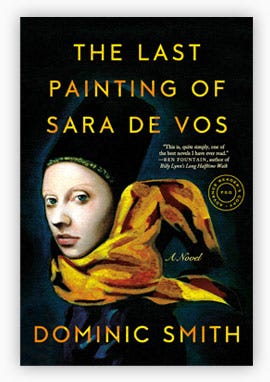
I kept thinking about the invented and enigmatic artists of fiction as I was researching and writing The Last Painting of Sara de Vos (Sarah Crichton/FSG, 2016). The painter Sara de Vos is based on two historical women, but she is mostly invented. Judith Leyster and Sara van Baalbergen were the first women painters to be admitted to a Guild of St. Luke in the Netherlands during the 17th century. Despite being well known during her lifetime, Leyster was forgotten for two centuries and all her paintings attributed to men until 1892, when a collector discovered her monogram on a “Frans Hals” he’d purchased. Today she has some three-dozen paintings to her name. Baalbergen, meanwhile, is a complete cipher. None of her work has survived and virtually nothing is known of her life.
Building an artist character out of the gaps and silences of history, or the observations and biographies of living artists, is nothing new to the novel or short story. Fortunately, I was able to learn from literature’s breadcrumb trail of fascinating, fictional artists, searching for the way they think and see on the page.
Here’s my selection of literature’s most interesting fictional artists.
1. Klara Sax from Don DeLillo’s Underworld
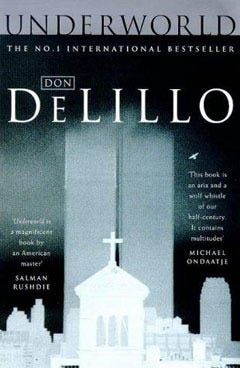
An aging conceptual artist who oversees a massive project to paint decommissioned B-52 bombers out in the deserts of the American Southwest, Klara Sax is subversive, smart, intuitive and “looked famous and rare, famous even to herself, famous alone making a salad in her kitchen.” Just when you think you’ve got her pegged with her cryptic dialogue, suede blazer, plaid pants, and black cigarettes, DeLillo takes us back in time to 1950s New York. We witness her becoming the iconic artist and thinker, demolishing one world and building its successor.
2. Peterson from Donald Barthelme’s short story “A Shower of Gold”
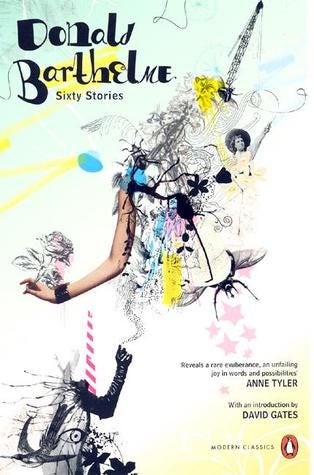
In Barthelme’s funny, absurdist story, Peterson is a struggling sculptor who is recruited to go on a TV show called “Who Am I?” With his enlarged liver and artistic ideals, Peterson agrees to go on the show but refuses his art dealer’s suggestion to cut one of his pieces in half (made from car radiators and a switchboard) for an easier sale. After a series of absurd encounters — the President makes a cameo with a sledgehammer in Peterson’s studio — the story culminates in the filming of existentialist television and Peterson’s insight: “The absurdity is punishing me for not believing in it.”
3. Elaine Risley from Margaret Atwood’s Cat’s Eye
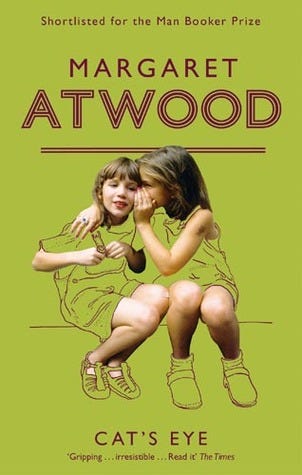
At 50, Risley returns to her childhood city, Toronto, for a retrospective of her work as a painter. She is surprised to find that the provincial city in her memory has morphed into a cosmopolitan mecca. Atwood deftly creates the mind of an artist trapped by time — Elaine’s childhood friend and tormentor, Cordelia, keeps bobbing to the troubled surface. The past is experienced as the present and we see the shards of a transfixed memory like a vivid collage.
4. Basil Hallward from Oscar Wilde’s The Picture of Dorian Gray
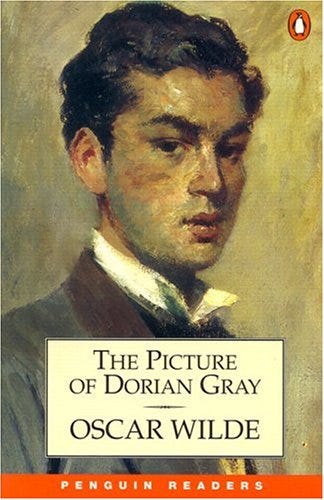
Heavily censored in Victorian England, Wilde’s only novel recounts the story of Basil Hallward, a painter who transforms his life and art when he creates his masterpiece — a full-length portrait of the beautiful and suggestible Dorian Gray. Influenced by a philosophy of hedonism, Gray makes a Faustian wish for the painting to age and decay in his place. As Gray’s morality disintegrates, the painting turns ever more hideous and Hallward fears that he’s turned his art into a kind of idolatry. The nature of abstraction and the “terrible pleasure of a double life” are at the heart of this novel of art and delusion.
5. Frenhofer from Honoré de Balzac’s novella “The Unknown Masterpiece”
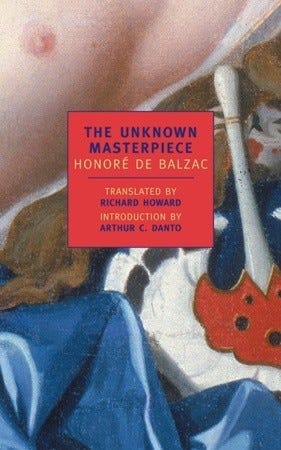
The invented master painter of the 17th century, Frenhofer has held sway over several real artists, including Picasso, who rented out the Paris studio which he believed was featured in Balzac’s story. As the greatest painter of his day, Frenhofer harbors a secret — an unfinished portrait of a courtesan that is revealed to be a jumbled mass of color and lines. Frenhofer is plagued by doubt but aspires to the absolute, to something beyond form.
6. Hurtle Duffield from Patrick White’s The Vivisector
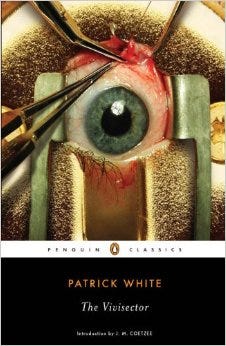
Published in 1970, three years before White became the only Australian to win a Nobel Prize in Literature, The Vivisector explores the nature of the artist’s suffering and inspiration. Duffield ingests the world around him, turning love and acquaintance into artistic fodder. At one point, he smears his own feces onto a self-portrait, at another, he has an adulterous affair with a depraved Greek woman named Hero Pavloussi. White paints artists and God as “vivisectors” of the human condition.
7. Gulley Jimson from Joyce Cary’s The Horse’s Mouth
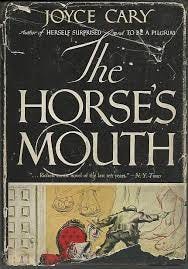
Narrated by the down-on-his-luck abstract painter Gulley Jimson, the novel explores the artistic compulsion as Jimson lies, cheats and steals to serve his practice. The voice is colloquial and rapid-fire, revealing the entitlement and slantwise gaze of an artist who has arrived at his unique point of view.
8. Austin Fraser from Jane Urquhart’s The Underpainter
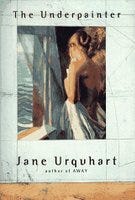
Fraser paints vivid depictions only to cloud them with a top layer, a theme of obfuscation that burrows deep into this beautiful and haunting novel. Transformed by a summer on the shores of Lake Superior, Fraser discovers his muse and lover, Sara, a model he returns to each summer. But detachment and self-absorption keep the painter from recognizing the dangers and gifts of his own story — the clarity lurking below the cloudy upper film.
9. Tom Birkin from J. L. Carr’s A Month in the Country
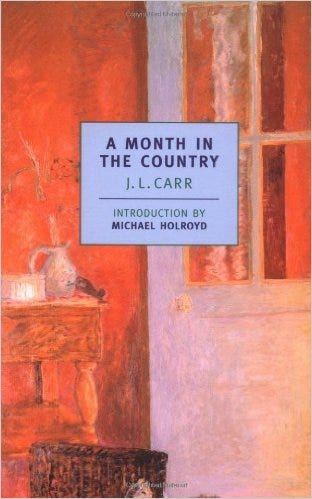
The story follows Birkin, a shell-shocked WWI veteran who is hired as an art restorer to uncover a mural in Yorkshire. Haunted by war and the dissolution of his marriage, Birkin begins to find solace in the medieval depiction buried beneath layers of whitewash on the wall of the village church. Centuries of grime are stripped away just as Birkin rediscovers human connection, a restoration of the spirit.
10. Masuji Ono from Kazuo Ishiguro’s An Artist of the Floating World
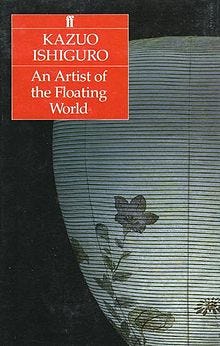
Like so many novels about artists, this one uses age and retrospection as a launch pad for narrative. In post-WWII Japan, Masuji Ono reflects on his declining reputation, having offered his talents to the propaganda machine of the empire. An artist’s denial and the competing strands of a legacy swirl in the undercurrents of this magnetic novel.









